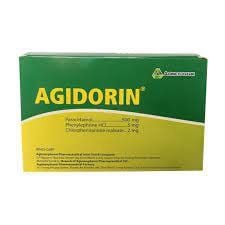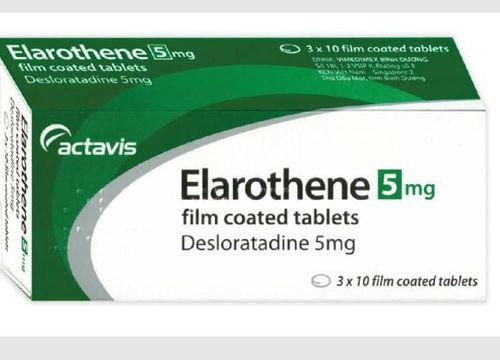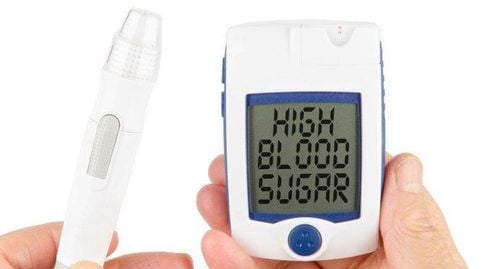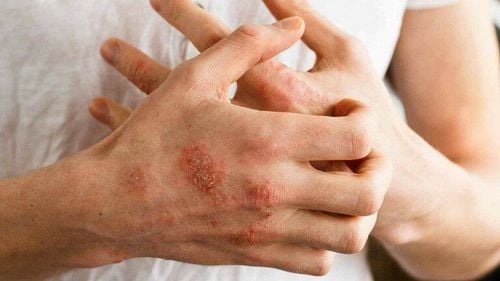This is an automatically translated article.
Allergies to mold are a fairly common condition these days. This type of allergy can cause mild symptoms such as sneezing, runny nose, peeling skin or more severe sinusitis, asthma, pneumonia.1. Causes of allergy to mold
Like any allergy, the symptoms of a mold allergy are triggered by the body's immune response. When small mold spores are inhaled in the air, the body recognizes and develops allergy-causing antibodies to fight them. After exposure, the body still produces antibodies that "remember" so that the next exposure to the mold will trigger the immune system. There are many types, but only certain types of mold cause allergies. Allergic to one type of mold does not mean you will be allergic to another. Some of the most common molds that cause allergies include alternaria, aspergillus, cladosporium, and penicillium.
Risk factors for mold allergy include:
Family history of mold allergy . Occupations where mold exposure is high include farming, dairying, logging, baking, carpentry, greenhouse work, winemaking, and furniture repair. Live in a house with high humidity. Live in a house with poor ventilation. Closing windows can trap indoor humidity and prevent ventilation, creating the ideal conditions for mold growth. Wet areas - like bathrooms, kitchens and basements - are most susceptible.

Dị ứng với nấm mốc là một tình trạng khá phổ biến hiện nay
2. What are the symptoms of a mold allergy?
Allergies to mold cause similar signs and symptoms to upper respiratory allergies. Signs and symptoms of a mold allergy may include:
Sneezing Runny or stuffy nose Cough Itching eyes, nose and throat Watery eyes Dry, scaly skin Other mold allergy symptoms varies from person to person and ranges from mild to severe. You may have symptoms year-round or symptoms that flare up only during certain times of the year. You may notice symptoms in wet weather or when indoors or outdoors have high mold concentrations. If you have mold allergies and asthma, asthma symptoms can be triggered by exposure to mold spores.
3. Is mold allergy dangerous?
Mold allergy can lead to only the following dangerous complications:
In some people, exposure to certain types of mold can trigger a severe asthma attack. Signs and symptoms of asthma include: Cough, wheezing, shortness of breath, chest tightness, allergic fungal sinusitis. Allergic bronchopulmonary aspergillosis. This reaction to fungi in the lungs can occur in people with asthma or cystic fibrosis. Hypersensitivity pneumonia. This rare condition occurs when exposure to airborne particles containing mold spores causes the lungs to become inflamed.
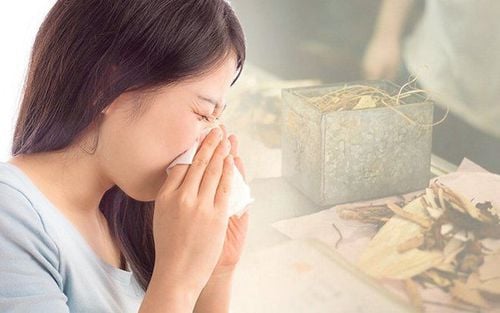
Viêm xoang do nấm dị ứng
4. How to prevent mold allergy
To reduce mold growth in your home or to cure a mold allergy, consider these tips:
Eliminate sources of moisture in your home, such as pipe leaks or groundwater leaks . Use a dehumidifier in any area that smells musty or damp. Keep humidity below 50 percent. Use an air conditioner and consider installing a central air conditioner with a high efficiency particulate air (HEPA) filter. HEPA filters can trap mold spores from outdoor air before they are circulated indoors. Make sure all bathrooms are properly ventilated, and run exhaust fans while showering. If there is no exhaust fan, open the window while showering. Prevent outside water from seeping into your home by removing leaves and surrounding vegetation and regularly cleaning rain gutters and drains.
Please dial HOTLINE for more information or register for an appointment HERE. Download MyVinmec app to make appointments faster and to manage your bookings easily.
Reference source: Mayoclinic.org





